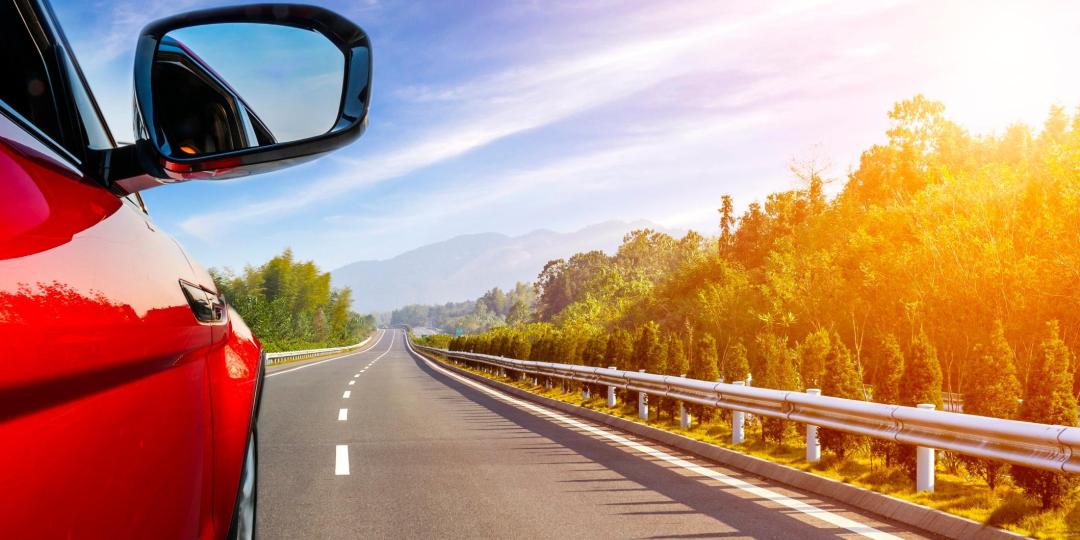Transfers are an important factor in a traveller’s journey. With various factors coming into play when choosing a long-distance transfer, including cost and destination, it is about getting there on time and safely. While many opt to just get to a destination (or home) as quickly as possible – in other words fly – there are many advantages to going by road.
“Travelling by road gives one the opportunity to not only go to places with limited access, but also the opportunity to visit and explore places en route from point A to point B,” says Christiaan Steyn, Marketing Manager of Drifters Adventours, a division of Tourvest. “The entire tour becomes a journey and adventure, and it is about so much more than just the final destination you are going to.” Drifters offers travellers a unique way of travelling through southern and East Africa by road using custom-built safari trucks.
According to Steyn, the interest in road travel is growing. “There is an increase in people who want to go on a journey and not just travel from one place to the next. There are various comfort levels for these journeys, like camping or accommodated tours, which opens up the experience for everyone.”
International guests, thanks to the favourable exchange rate, often have the ability to choose the highest possible class of vehicle for their budget, giving them the freedom to have a tailor-made itinerary at their own pace, says Tracy Payne of Go2Africa. She says, when choosing a transfer service, the most important considerations are the size of the party, the budget and the logistics. “It is also important to consider how much luggage one is bringing, especially items like prams or wheelchairs. In South Africa, on certain routes, such as the Garden Route or Panorama Route, clients will happily self-drive, and then the vehicle is dependent on personal choice, party size, transmission preference (manual or automatic), amount of luggage and so on,” says Payne.
Barba Gaoganediwe, Head of Destination Promotions and Marketing for the Gauteng Tourism Authorit,y says opting for a car or van makes sense for transit travellers in Gauteng. “As an inland province, we offer everything you can find in South Africa except the sea. It is also all in close proximity, so it speaks directly to car travel or, if it is a larger group, a van.”
Gaoganediwe says much effort is being made in Gauteng to keep transit travellers in the province for a few days. “The roads are in mint condition and well-marked, so driving oneself is easy. The entire province is also interconnected, so anyone transiting through Johannesburg can easily see many aspects of it in a couple of hours or a day or two.”
Judy Lain, Wesgro’s Chief Marketing Officer for tourism, says it is important for any traveller to do thorough research before deciding which option is best suited to their budget and time allowance for a long-distance transfer. “South Africa and the Western Cape offer an abundance of accredited service providers that can fulfil these requests. Key considerations would be costs, personalised services available – depending on the individual traveller requirements – and added value, over and above the standard services,” she says.
Bus, car or van?
Cars, says Payne, are a good option for small parties, because they assure privacy. “For larger families or groups of friends travelling together, a van with a driver-guide can be the most comfortable and cost-effective option.”
In the safari regions, transfers are typically done in high-clearance vehicles. This is usually a mini-bus or an SUV – not typically a sedan vehicle.
Buses, says Lain, are more cost effective and more suited for larger groups. They do, however, have dedicated pit-stops and a stricter schedule to accommodate the entire group.
Other considerations are whether one is driving oneself or being driven. “Cars are recommended for independent travellers who travel on their own timeline and require more flexibility,” she says.
Many travellers, says Gaoganediwe, opt to have their transfers handled by a company. This takes making the choice out of their hands, and it is all done on their behalf, allowing for complete peace of mind. More often than not, the choice of transport mode for guided transfers is dependent on the size of the group and the destination.
But, whether one is in a guided group or driving oneself, one of the major advantages in South Africa, says Gaoganediwe, is that the country boasts good infrastructure and reputable service, all making for easy transfers from one place to another. “No matter if you are driving yourself in a car or taking a tour bus as a transfer, we offer world-class standards across South Africa. Hiring a car is not a difficult process and can be done ahead of arrival. All that is required other than identification is an international driver’s licence.”
One of the most important considerations, says Payne, is to select a reputable transfer company whose driver arrives on time, with an immaculate vehicle, is well informed and who provides comforts such as bottled water. “Travellers will also have a better experience if their expectations are managed about how long the journey will take, which landmarks it will pass, where they can stop for refreshments and so on.” She says it is also crucial that whoever is receiving them at the end of the journey is ready and waiting to welcome them. This means communication between the agent, the driver-guide and the hosts is critical.
According to Lain, when it comes to any long-distance transfer, it is ultimately about ensuring travellers have as pleasant a trip as possible. She says ensuring WiFi availability is becoming as important as comfortable seating. “Charging points and cables for phones are always appreciated as are blankets and pillows if travelling through the night.”
And in southern Africa, without a doubt, regardless of whether it is a bus, car or van, air-conditioning is absolutely essential.























